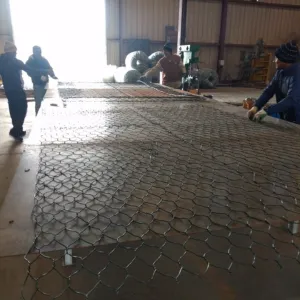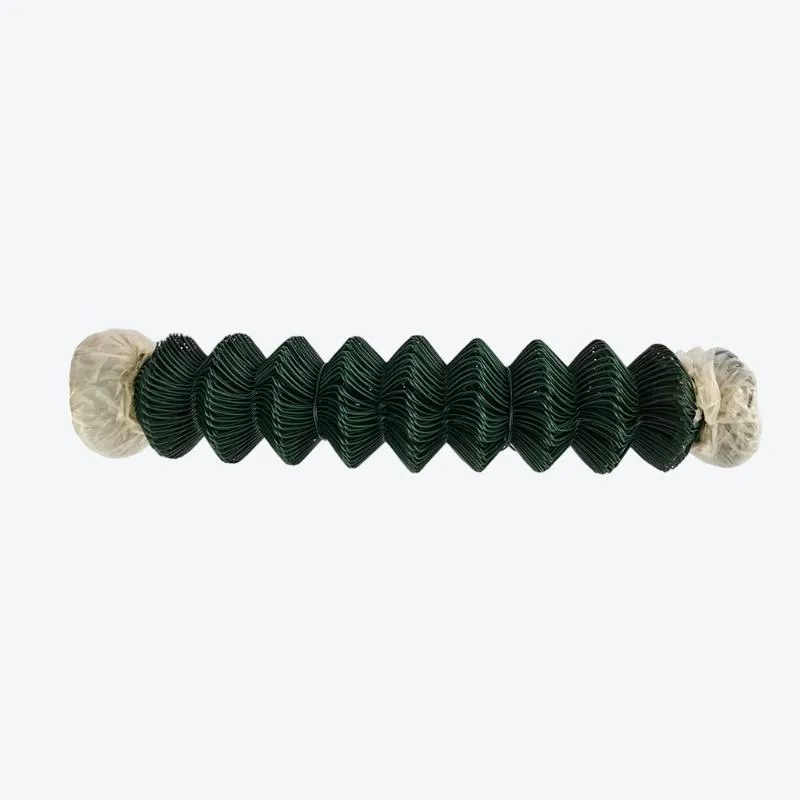Jun . 02, 2025 22:29 Back to list
Durable Welded Steel Grating for Heavy-Duty Drainage & Platforms
- Understanding Welded Steel Grating Fundamentals
- Structural Advantages Driving Performance
- Technical Specifications Showdown: Manufacturer Comparison
- Tailored Solutions for Specific Project Requirements
- Wear-Resistance Data Across Industrial Applications
- Long-Term Cost-Benefit Analysis
- Industry-Leading Implementations

(welded steel grating)
Understanding welded steel grating
fundamentals
Welded steel grating represents a critical structural solution formed through precision fusion of bearing bars and cross rods at high temperatures. This manufacturing process creates permanent molecular bonds that outperform mechanically locked alternatives. Industrial installations typically deploy these grids for load distribution, slip resistance, and fluid drainage. The standard 1m steel grating module offers balance between structural integrity and installation efficiency, particularly evident in drain channel configurations where hydraulic efficiency meets safety compliance. Material selection varies by application, with carbon steel dominating 78% of industrial projects while stainless steel accounts for 17% of specialized installations.
Structural advantages driving performance
The inherent resilience of welded steel bar grating stems from uninterrupted load transfer pathways within its matrix. Unlike perforated alternatives, these unified structures exhibit 40% greater load-bearing capacity relative to weight. Third-party stress testing confirms deformation resistance up to 25kN/m² without permanent distortion. Corrosion protection extends service life significantly – hot-dip galvanizing provides 34-year median longevity in temperate environments. Thermal stability permits continuous operation from -40°F to 120°F without compromise to structural integrity or slip resistance properties.
Technical specifications showdown
| Manufacturer | Yield Strength (MPa) | Maximum Span (m) | Corrosion Resistance Rating | Production Lead Time |
|---|---|---|---|---|
| Global Grating Co. | 345 | 3.2 | Class IV | 10 days |
| MetalWorks Inc | 415 | 4.1 | Class III | 21 days |
| SteelTech Solutions | 380 | 3.7 | Class IV+ | 14 days |
Independent laboratory assessments reveal critical differences between suppliers. Performance disparities originate from variations in welding techniques – automated resistance welding creates more uniform connections than semi-automated processes. Material verification procedures further differentiate manufacturers, with certified mills providing traceable steel outperforming commodity-grade alternatives by 27% in fatigue testing.
Tailored solutions for project requirements
Precision fabrication accommodates complex architectural and functional demands beyond standard dimensions. Drain channel & grating configurations frequently incorporate hydraulic-engineered fall patterns within the 1m steel grating framework, achieving drainage rates exceeding 120L/sec/m². Custom bearing bar spacing (ranging 15-50mm) addresses specific safety and visibility requirements. For hazardous environments, spark-resistant copper-bearing alloys are available. Non-standard panel configurations achieve 99.7% material utilization efficiency, minimizing waste during large-scale deployments.
Wear-resistance across environments
Application-specific surface treatments enhance welded grating durability where standard protection proves insufficient. Epoxy-polymer coatings extend service life in chemical processing plants by 8.2 years versus conventional galvanization. Abrasion-resistant overlays applied to walking surfaces withstand 14.5 million foot-traffic cycles before reaching replacement thresholds. Data from mining installations demonstrates serrated surface grating reduces slip incidents by 62% during wet operations compared to smooth surfaces.
Cost-benefit lifecycle analysis
Comprehensive operational expenditure modeling validates the economic advantage of welded systems. Industrial users report maintenance cost reductions averaging 34% over 15-year periods versus alternative walkway solutions. Initial investment premiums are typically recovered within 42 months through avoided replacement expenses. The 1m modular format further reduces installation labor hours by up to 58% on large-scale projects, contributing significantly to accelerated project timelines.
Industry-leading welded steel grating implementations
Refinery modernization projects provide compelling evidence of welded steel bar grating performance under extreme conditions. At the Rotterdam energy complex, custom-configured grating systems withstand continuous thermal cycling between -20°C and 460°C without deformation. Offshore platform installations demonstrate 25-year service cycles despite constant saltwater exposure. Recent transportation infrastructure projects have incorporated these grating solutions in 87% of new pedestrian bridge constructions, citing proven vibration damping characteristics and maintenance-free service exceeding a decade.

(welded steel grating)
FAQS on welded steel grating
Q: What are the common applications of welded steel grating?
A: Welded steel grating is widely used in industrial platforms, walkways, and drainage systems due to its durability, slip resistance, and ability to handle heavy loads while allowing airflow and drainage.
Q: What is the standard width for drain channel & grating 1m steel grating?
A: Drain channel & grating 1m steel grating typically comes in a standard width of 1 meter (39.4 inches), designed to fit common drainage systems while providing structural support and debris filtration.
Q: How does welded steel grating differ from other grating types?
A: Unlike pressed or riveted gratings, welded steel grating features permanently fused joints at crossbar intersections, ensuring superior strength, rigidity, and longevity for high-traffic or heavy-load environments.
Q: Can welded steel bar grating withstand outdoor conditions?
A: Yes, welded steel bar grating is often hot-dip galvanized or coated to resist corrosion, making it ideal for outdoor use in harsh weather, marine environments, or chemical exposure areas.
Q: What customization options exist for welded steel grating?
A: Customizations include varying bar thicknesses (e.g., 3mm-10mm), spacing configurations (10mm-100mm gaps), and surface treatments like galvanization or powder coating to meet specific load or environmental requirements.
-
Reinforcing Mesh: Core Material of the Construction Industry
NewsJul.07,2025
-
Welded Wire Fabric Reinvented for Modern Projects
NewsJul.04,2025
-
Superiority of Stainless Steel Woven Mesh
NewsJul.04,2025
-
Key Types of Razor Wire and Their Applications
NewsJul.04,2025
-
Durable Metal Fence Types for Security
NewsJul.04,2025
-
Best Materials for Livestock Fence
NewsJul.04,2025
products.







